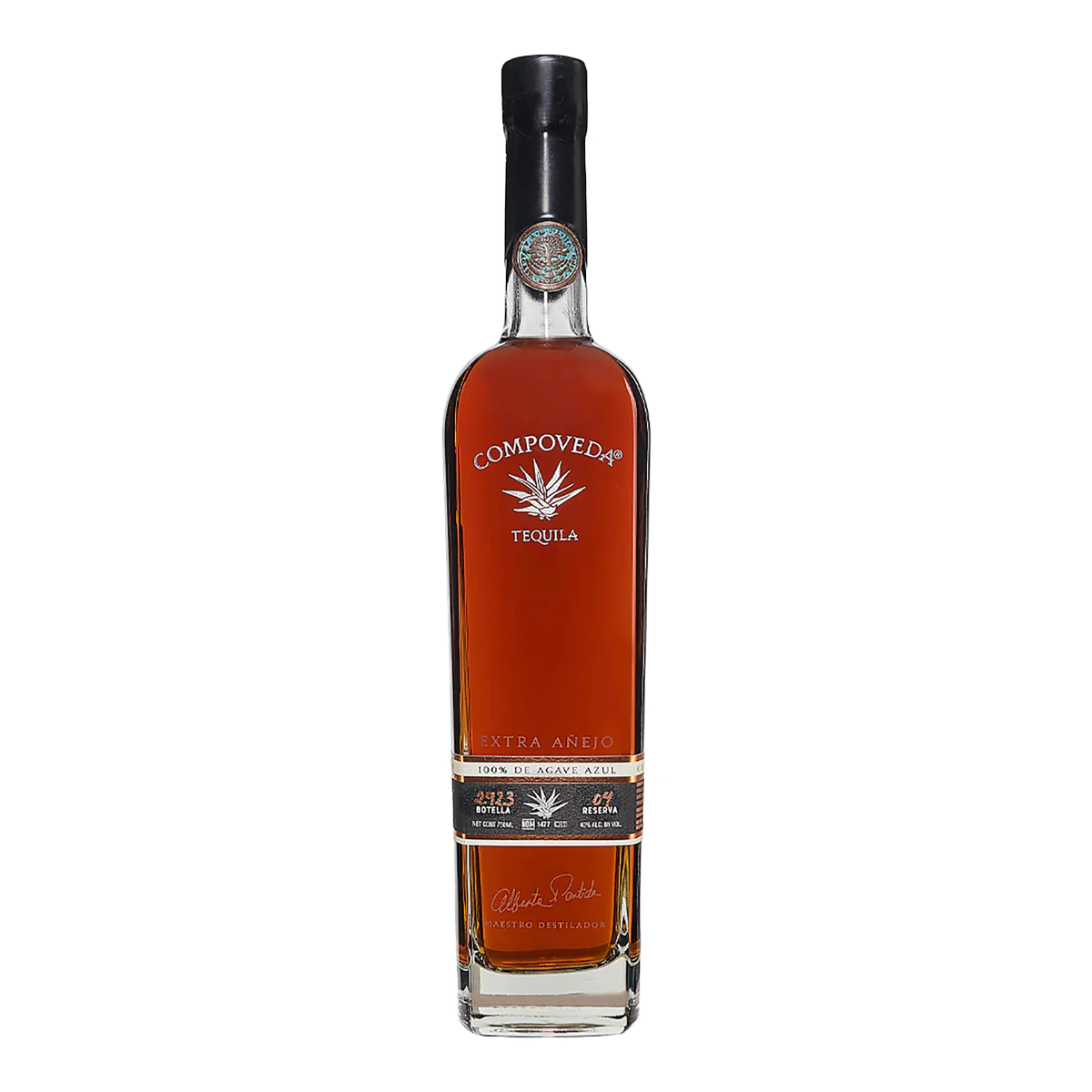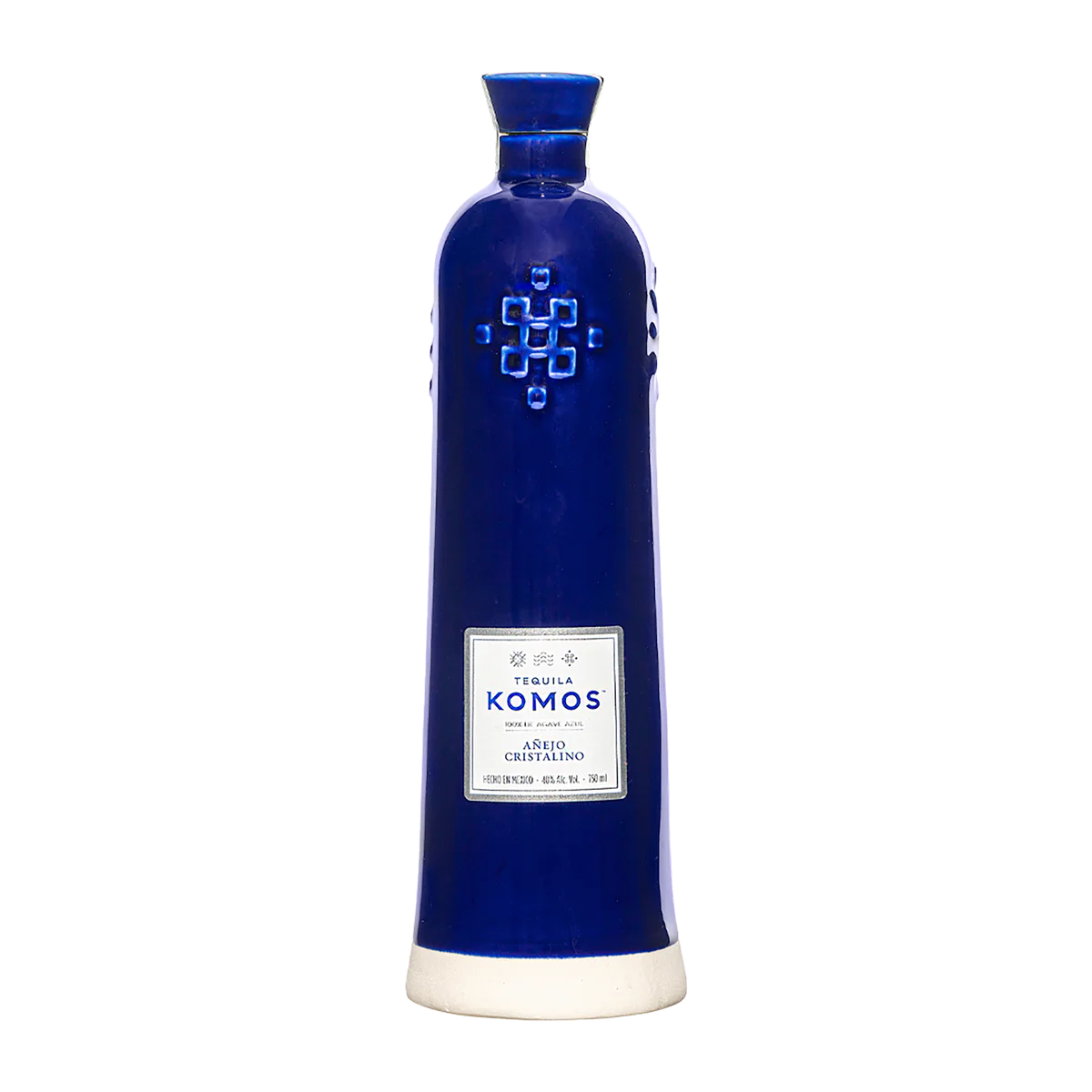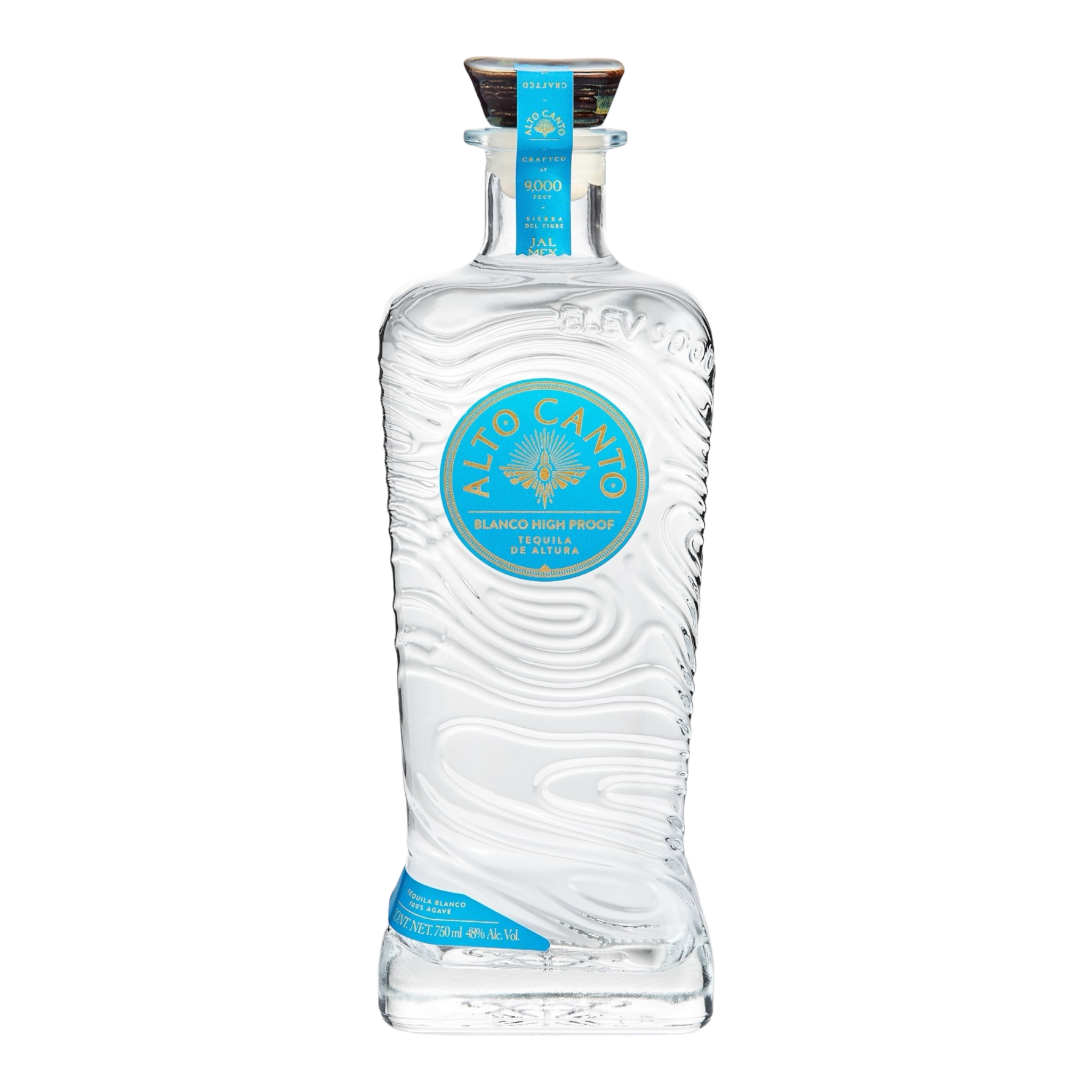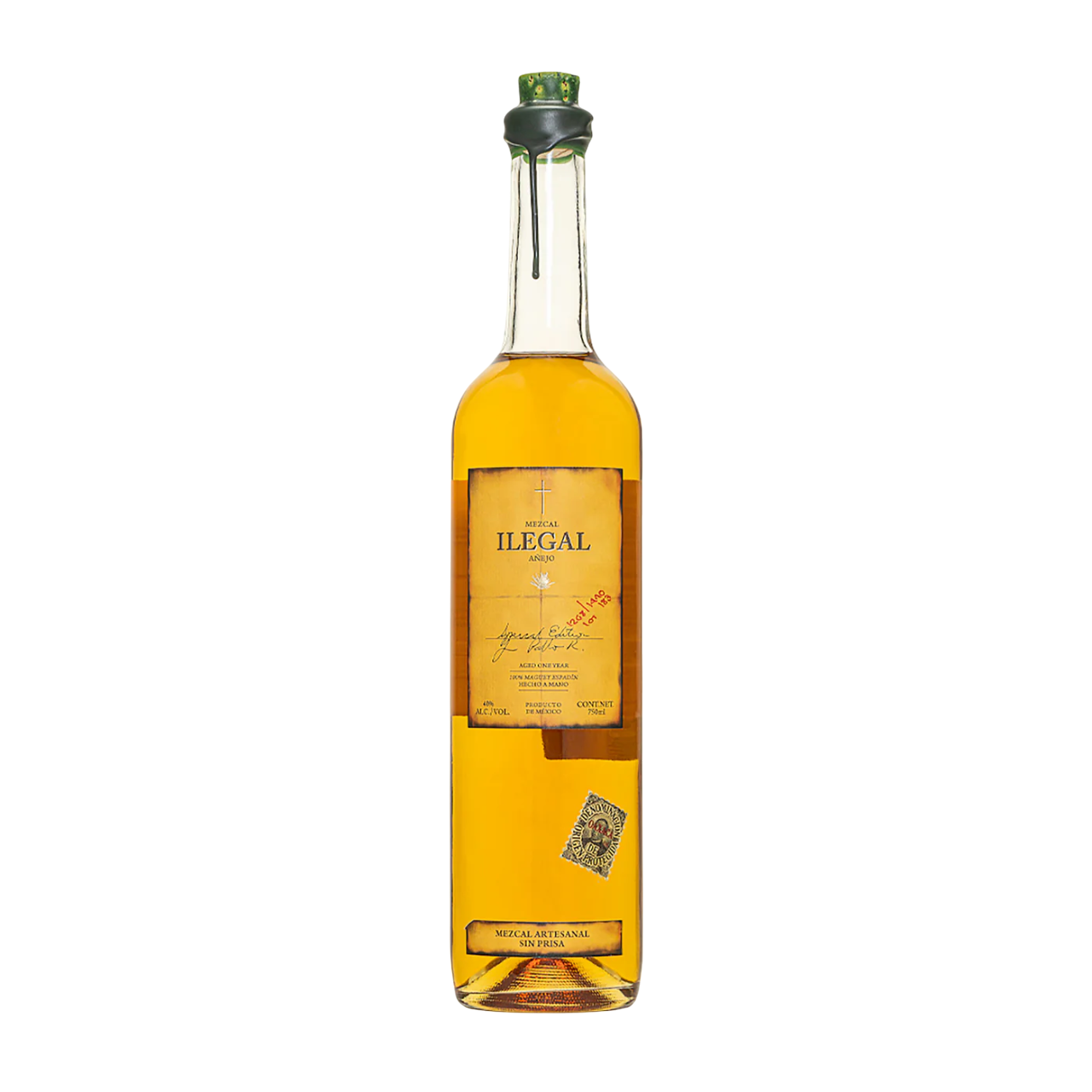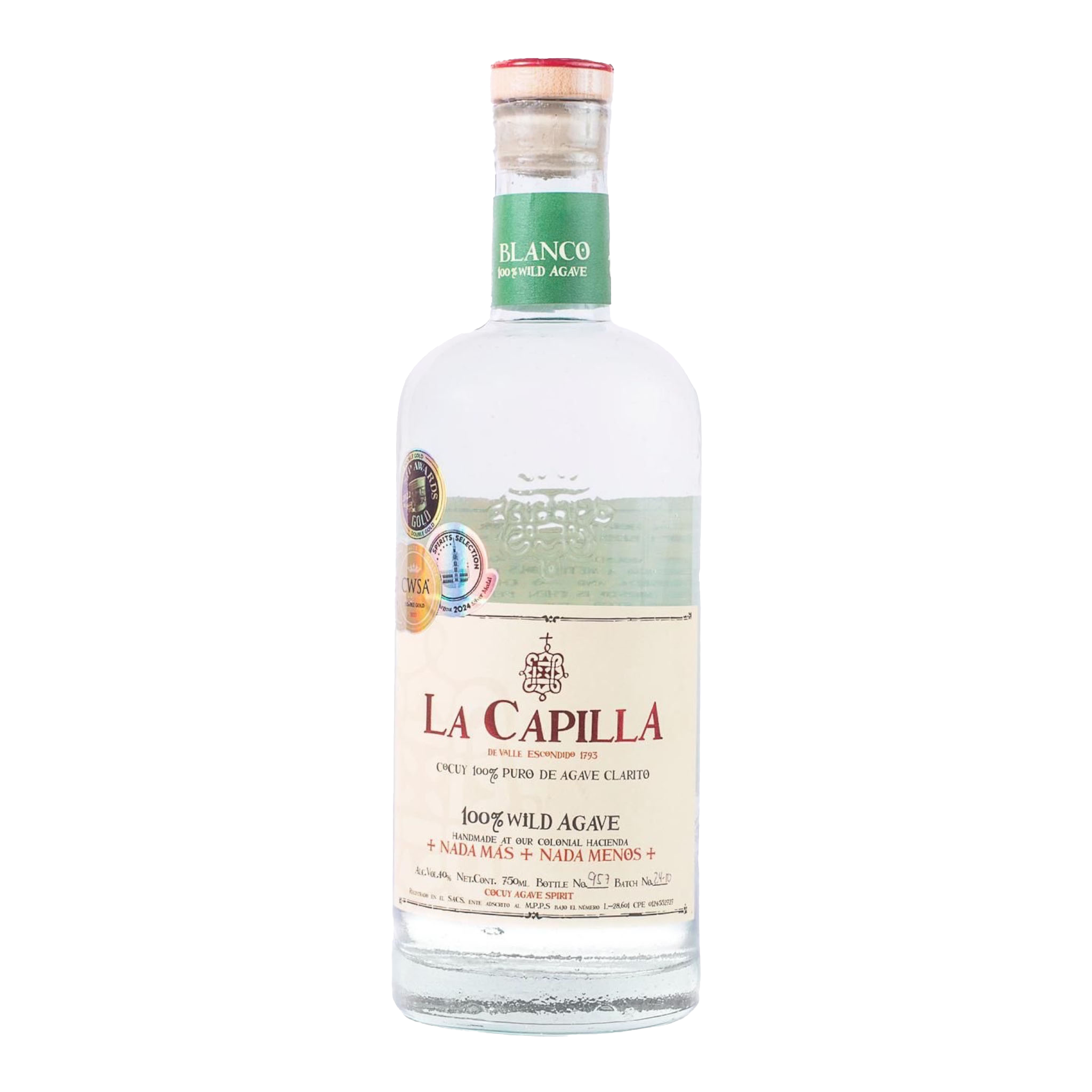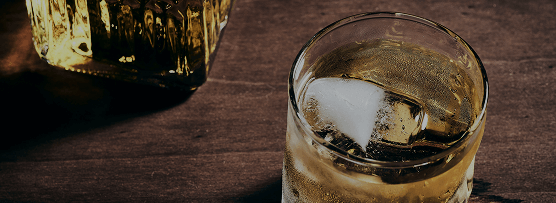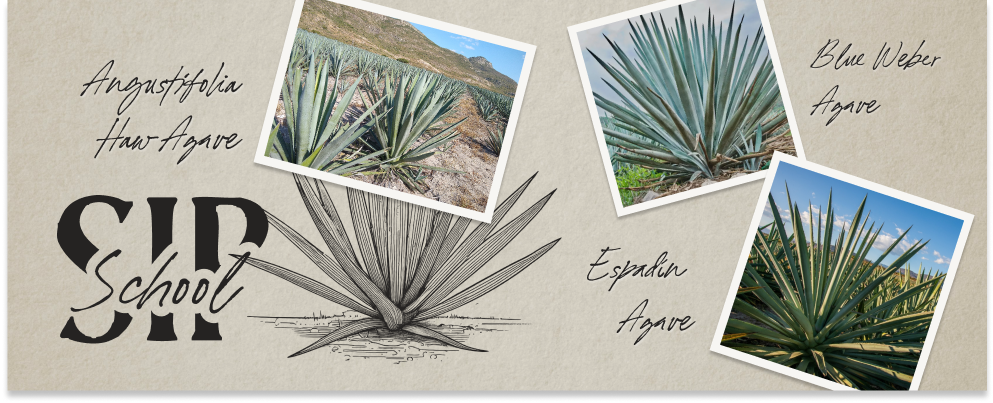Hey there, agave aficionados and cocktail lovers! 🌵 Ever wondered what makes your favorite spirits like Mezcal, Tequila, and Bacanora so unique? It all comes down to the wonderful world of agave. With over 200 different types of agave plants out there, each bringing its own flair to the table, there's a lot to sip and savor. From the well-loved Espadín agave in Mezcals to the iconic Blue Weber Agave in Tequila, and the Agave Angustifolia Haw that gives Bacanora its charm, there's so much to explore. Let's dive into the diverse universe of agave spirits and uncover the secrets behind these beloved concoctions. 🍹✨
The Agave Plant: Nature's Spirit Maker
Agave plants are the unsung heroes of the spirit world. These spiky succulents are native to Mexico and parts of the southwestern United States. With over 200 types of agave, each variety brings its own unique flavor profile to the spirits made from it. Agaves take anywhere from 7 to 30 years to mature, storing up complex sugars in their heart or piña. This long maturation process is key to the rich, diverse flavors found in agave spirits.
The most common types of agave used in spirit production include:
- Espadín: The workhorse of the Mezcal world
- Blue Weber: The gold standard for Tequila
- Agave Angustifolia Haw: The primary agave for Bacanora
Each of these agave varieties contributes to the distinct character of its respective spirit, making the world of agave drinks a fascinating journey for spirit enthusiasts.
Mezcal: The Smoky Sipper
Mezcal, often called Tequila's smoky cousin, is a diverse category of agave spirits. While it can be made from various agave types, Espadín agave is the most common. The production process involves roasting the agave hearts in underground pits, which imparts that signature smoky flavor.
Espadín Agave: Mezcal's MVP
Espadín agave (Agave angustifolia) is the backbone of the Mezcal industry, accounting for about 90% of Mezcal production. It's prized for its:
- Relatively quick maturation (6-8 years)
- High sugar content
- Adaptability to cultivation
Espadín Mezcal typically has notes of citrus, tropical fruits, and herbs, underscored by that characteristic smokiness. It's a great entry point for those new to Mezcal, offering a balance of accessibility and complexity.
Tequila: Mexico's Liquid Gold
Tequila, perhaps the most famous agave spirit, is made exclusively from Blue Weber Agave. This iconic spirit can only be produced in specific regions of Mexico, primarily in Jalisco. Unlike Mezcal, Tequila production typically involves steaming the agave piñas, resulting in a cleaner, crisper flavor profile.
Blue Weber Agave: Tequila's One and Only
Blue Weber Agave (Agave tequilana) is the sole type of agave used in Tequila production. It's known for its:
- Distinctive blue-green color
- High sugar content
- 7-10 year maturation period
Tequila made from Blue Weber Agave often features notes of citrus, pepper, and earth. The aging process can introduce vanilla, caramel, and oak flavors, creating a complex and enjoyable spirit.
Bacanora: The Hidden Gem
Bacanora, a lesser-known agave spirit, hails from the Sonora region of Mexico. It's made primarily from Agave Angustifolia Haw, also known as Pacifica agave. Bacanora production is similar to Mezcal, involving roasting the agave, but the flavor profile is distinct.
Agave Angustifolia Haw: Bacanora's Secret Weapon
Agave Angustifolia Haw gives Bacanora its unique character:
- Grows wild in Sonora's mountainous regions
- Matures in 7-10 years
- Produces a spirit with earthy, slightly smoky notes
Bacanora typically has a cleaner, less smoky flavor than Mezcal, with hints of herbs and minerals. It's an excellent option for those looking to expand their agave spirit horizons beyond Tequila and Mezcal.
Wrapping Up: Your Agave Adventure Awaits
The world of agave spirits is vast and varied, offering something for every palate. Whether you're sipping a smooth Tequila, savoring the smokiness of a Mezcal, or exploring the nuances of Bacanora, you're tasting the result of centuries of tradition and craftsmanship. Each agave variety brings its own unique character to the spirits it produces, creating a rich tapestry of flavors to explore.
So next time you're in the mood for a cocktail or a neat pour, why not try something new from the agave family? Your taste buds will thank you for the adventure. Cheers to the wonderful world of agave! 🥃🌵
Exploring Agave Varieties
The world of agave spirits is rich and diverse, offering a fascinating journey through various species and their unique characteristics. Let's dive into the different types of agave used in spirit production and how they shape the flavors of popular drinks like Mezcal and Tequila.
Types of Agave for Spirits
Agave plants are the backbone of some of the most beloved spirits in the world. With over 200 species, only a select few are used for distillation.
The most common agave varieties used in spirit production include Espadín, Blue Weber, and Agave Angustifolia Haw. Each of these species brings unique characteristics to the spirits they produce.
Espadín, for instance, is the workhorse of the Mezcal industry, while Blue Weber is synonymous with Tequila. Agave Angustifolia Haw, on the other hand, is the primary agave used in Bacanora production.
The Role of Agave in Mezcal
Mezcal, often described as Tequila's smoky cousin, can be made from various agave species, but Espadín is the most common.
The production process of Mezcal involves roasting the agave hearts (piñas) in underground pits, which imparts the spirit's signature smoky flavor. This traditional method has been used for generations and is a key factor in Mezcal's unique taste profile.
Different agave species can produce Mezcals with distinct flavor profiles, ranging from earthy and herbaceous to fruity and floral. This diversity is one of the reasons Mezcal has gained popularity among spirit enthusiasts in recent years.
Agave's Influence on Tequila
Tequila, perhaps the most famous agave spirit, is made exclusively from Blue Weber Agave. This specific variety is crucial to Tequila's distinct flavor profile.
Unlike Mezcal, Tequila production typically involves steaming the agave piñas rather than roasting them. This process results in a cleaner, crisper flavor that allows the Blue Weber Agave's natural characteristics to shine through.
The Blue Weber Agave's high sugar content and unique flavor compounds contribute to Tequila's characteristic taste, often described as having notes of citrus, pepper, and earth.
Delving into Popular Agave Species
Now that we've explored the general role of agave in spirit production, let's take a closer look at some of the most popular agave species and their specific contributions to different spirits.
Espadín Agave in Mezcal
Espadín agave (Agave angustifolia) is the backbone of the Mezcal industry, accounting for about 90% of Mezcal production. This variety is prized for its relatively quick maturation period of 6-8 years and high sugar content.
Espadín Mezcal typically has notes of citrus, tropical fruits, and herbs, underscored by the characteristic smokiness that comes from the roasting process. The flavor profile can vary depending on the specific production methods and the terroir where the agave is grown.
Espadín's adaptability to cultivation makes it an excellent choice for sustainable Mezcal production, ensuring a steady supply for the growing demand of this popular spirit.
Blue Weber Agave and Tequila
Blue Weber Agave (Agave tequilana) is the sole type of agave used in Tequila production. This iconic plant is known for its distinctive blue-green color and high sugar content.
Blue Weber Agave takes 7-10 years to mature, during which it develops complex sugars and flavor compounds. These characteristics contribute to Tequila's unique taste profile, which often features notes of citrus, pepper, and earth.
The aging process of Tequila can introduce additional flavors such as vanilla, caramel, and oak, creating a complex and enjoyable spirit. The specific flavors can vary depending on the aging category (Blanco, Reposado, Añejo, or Extra Añejo) and the production methods used.
Agave Angustifolia Haw in Bacanora
Agave Angustifolia Haw, also known as Pacifica agave, is the primary agave used in Bacanora production. This lesser-known agave spirit hails from the Sonora region of Mexico.
Bacanora production is similar to Mezcal, involving roasting the agave, but the flavor profile is distinct. Agave Angustifolia Haw grows wild in Sonora's mountainous regions and matures in 7-10 years.
The resulting spirit typically has a cleaner, less smoky flavor than Mezcal, with hints of herbs and minerals. Bacanora's unique character makes it an excellent option for those looking to expand their agave spirit horizons beyond Tequila and Mezcal.
Agave Spirits and Cocktails
The diverse world of agave spirits offers a wealth of opportunities for creating unique and flavorful cocktails. Let's explore some popular agave-based cocktails and tips for tasting these complex spirits.
Crafting Agave Cocktail Recipes
Agave spirits provide a fantastic base for a wide range of cocktails, from classic margaritas to innovative modern creations.
When crafting agave cocktails, it's important to consider the unique flavor profiles of different agave spirits. For example, a smoky Mezcal can add depth to a traditional margarita, while a crisp Blanco Tequila might be perfect for a refreshing Paloma.
Here are some popular agave-based cocktails to try:
- Margarita (Tequila)
- Paloma (Tequila)
- Mezcal Negroni (Mezcal)
- Naked and Famous (Mezcal)
- Bacanora Sour (Bacanora)
Remember to balance the strong flavors of agave spirits with complementary ingredients like citrus, herbs, and sweeteners to create well-rounded cocktails.
Tasting the World of Agave Spirits
Tasting agave spirits can be a rewarding experience for both novices and connoisseurs. To fully appreciate these complex spirits, consider the following tips:
- Start with a small sip to acclimate your palate.
- Note the initial flavors and how they evolve as you taste.
- Pay attention to the finish and any lingering flavors.
When comparing different agave spirits, consider factors such as:
- Smokiness (more prevalent in Mezcal)
- Sweetness
- Herbal or earthy notes
- Citrus or fruit flavors
- Spiciness or pepper notes
Remember that each agave spirit is unique, and personal preference plays a significant role in enjoyment. Don't be afraid to explore different varieties and find your favorites!






